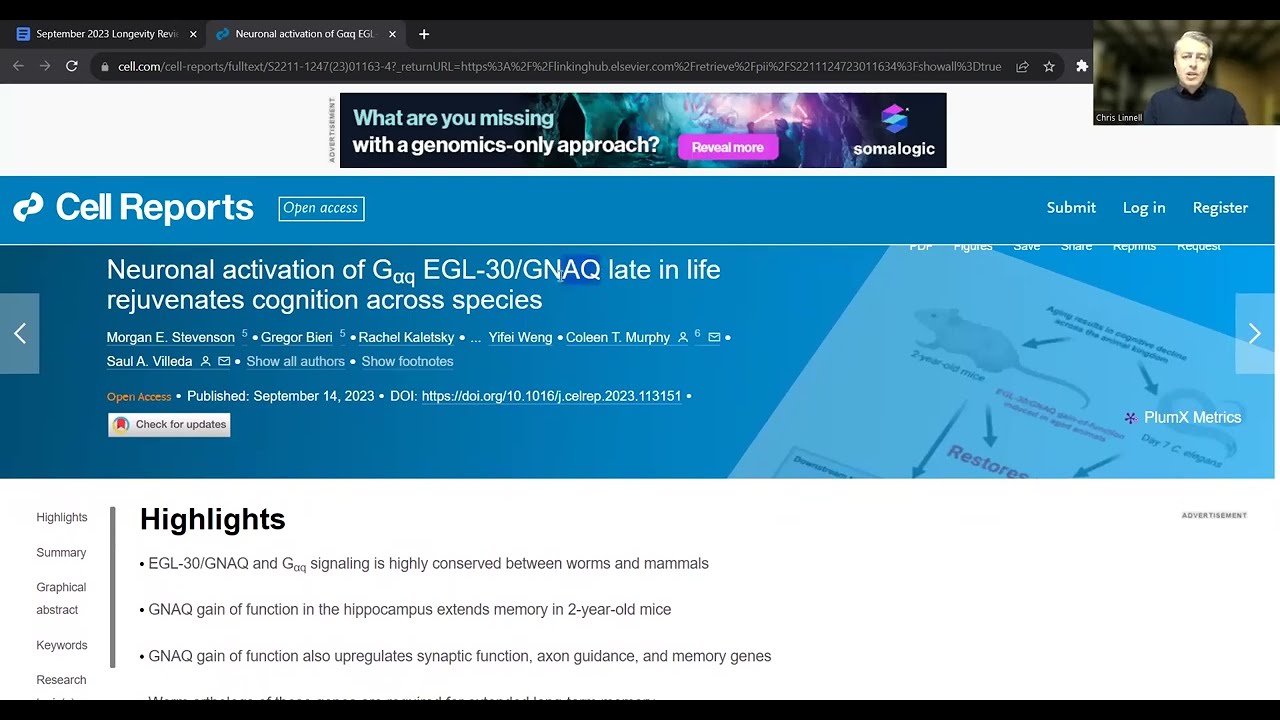Abstract
In 2021, China became an aged society when the share of its elderly population (age 65 years and above) exceeded 14%. In China, as in other upper-middle-income and high-income countries, life expectancy gains are increasingly concentrated at older ages with below-average health and economic activity. Governments worldwide are hence actively pursuing healthy and productive aging. Healthy aging by some measures is taking place. Similar with other upper-middle-income countries, China’s young old in their 60s are healthier than the same age group two decades ago. The picture is more complex for the older age group (70 years and above). Although there is a substantial decline in leading disease burdens such as stroke and chronic obstructive pulmonary disease, diseases such as Alzheimer’s and other dementia are on the rise. To meet the challenge of a rapidly aging population, China’s healthy aging agenda should improve its multipronged approach that seeks to promote healthy lifestyles, enhance the healthcare system, create age-friendly communities, and tackle socioeconomic and health disparities.




